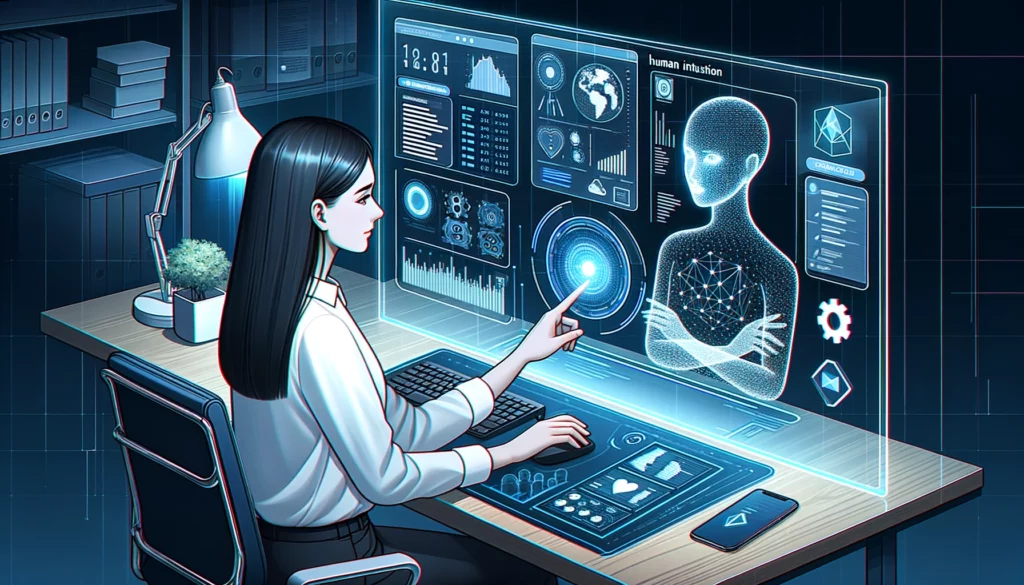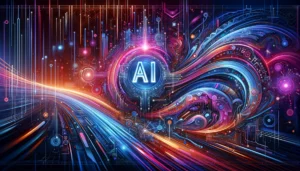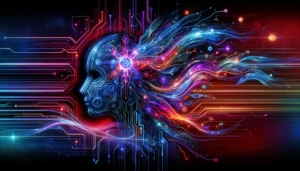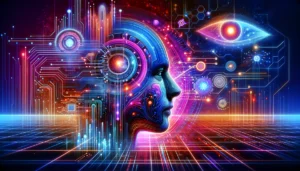AI in Predicting Cyberattacks

In the ever-expanding digital landscape, the battle between cybersecurity professionals and malicious actors has reached unprecedented heights. The rapid evolution of cyber threats demands innovative approaches to safeguarding sensitive data and critical infrastructure. This is where the remarkable potential of artificial intelligence (AI) comes into play. In this article, we explore the role of AI in predicting cyberattacks, analyzing its significance, challenges, and real-life applications.
The Rising Tide of Cyber Threats
Cyber threats have come a long way from their humble beginnings as simple viruses and worms. Today, we confront an intricate web of ransomware attacks, zero-day exploits, and highly coordinated hacking campaigns. As technology advances, so too do the tactics employed by malicious actors. Traditional rule-based security systems struggle to keep pace with these rapidly evolving threats.
The AI Proactive Approach
AI, often referred to as the cornerstone of the fourth industrial revolution, has emerged as a powerful ally in the fight against cyber threats. Unlike traditional security methods that rely on predetermined rules, AI harnesses the power of machine learning to detect patterns and anomalies within massive datasets. This proactive approach enables AI to identify potential threats before they materialize into full-fledged attacks.
Machine learning algorithms, a subset of AI, excel at anomaly detection. By training on vast amounts of historical data, these algorithms learn to distinguish between normal and abnormal behaviors within a network. This adaptive learning process allows AI to recognize deviations that might indicate a cyber intrusion. As a result, organizations can take swift action to mitigate risks and prevent potential breaches.
Where AI Makes a Difference
To grasp the tangible impact of AI in predicting cyberattacks, let’s explore a few real-life examples:
Stuxnet Worm
The infamous Stuxnet worm targeted industrial control systems, disrupting uranium enrichment facilities. If AI-driven anomaly detection had been in place, it could have identified the worm’s abnormal behavior within the industrial network, thwarting its destructive mission.
Phishing Attacks
AI-powered email filters have revolutionized the way we combat phishing attempts. By analyzing email content, sender behavior, and contextual information, AI algorithms can identify suspicious messages that might otherwise deceive human recipients.
Ransomware Incidents
Ransomware attacks have crippled organizations worldwide. AI algorithms can scan network traffic for ransomware signatures and prevent the encryption from spreading. This proactive defense mechanism can significantly limit the impact of such attacks.
Big Data Analytics
The digital age has ushered in an era of unparalleled data generation and consumption. The sheer volume of data generated by interconnected devices presents both a challenge and an opportunity. This is where AI’s proficiency in processing and analyzing big data becomes invaluable.
AI-powered systems can comb through massive datasets, extracting meaningful insights and identifying subtle attack patterns that might go unnoticed by traditional cybersecurity measures. By scrutinizing diverse data sources, including network traffic, user behavior, and system logs, AI can uncover correlations and anomalies that hint at potential threats.
The Power of Predictive Threat Intelligence
AI’s analytical capabilities extend beyond data analysis to encompass predictive threat intelligence. By scouring forums, social media platforms, and the dark web, AI algorithms can gather intelligence on emerging cyber threats. This real-time information provides organizations with early warnings, allowing them to bolster their defenses and pre-emptively counteract potential attacks.
The Human-AI Dynamic – Collaboration for Stronger Defense
While AI’s capabilities are impressive, they are not meant to replace human expertise. Cybersecurity is a multidimensional challenge that requires the fusion of human intuition and machine precision. AI serves as a force multiplier, helping cybersecurity analysts sift through enormous amounts of data and narrow down potential threats.
The collaboration between humans and AI creates a symbiotic relationship where each party contributes its unique strengths. AI accelerates the process of threat detection, allowing human analysts to allocate their time and expertise to more strategic tasks, such as devising robust defense strategies and responding to novel attack vectors.
Ethical and Privacy Considerations
As AI algorithms continue to evolve, ethical and privacy concerns come to the forefront. The data required to train and refine AI models often contains sensitive personal information. Striking a balance between safeguarding against potential threats and respecting user privacy is a delicate challenge.
Moreover, AI’s predictive capabilities raise questions about the potential for false positives. While AI excels at pattern recognition, not all anomalies indicate malicious intent. Organizations must carefully calibrate their AI systems to minimize the risk of false alarms, ensuring that genuine threats receive the necessary attention while avoiding unnecessary disruption.
A Future Fortified by AI
In the ongoing arms race between cyber attackers and defenders, AI has emerged as a powerful ally, shifting the paradigm from reactive to proactive cybersecurity. Its ability to predict and prevent cyberattacks is a game-changer, allowing organizations to stay ahead of the curve in an ever-evolving threat landscape.
As AI technology continues to mature, we can expect even more sophisticated methods of predicting and countering cyber threats. The collaboration between human experts and AI systems will play a pivotal role in building a resilient defense against cyberattacks. By leveraging the strengths of both, we can pave the way for a safer digital future.










